Bugatti Type 57 Cabriolet Gangloff
When thinking about pre-war models of the Bugatti brand, two are particularly common. In addition to the Type 35, which has won countless races, it is the Type 57, a road sports car with a variety of body styles, which has delighted many customers. One of them was the factory racing driver Jean-Pierre Wimille, who joined the Bugatti team in 1934 at the age of 26, replacing Willie Grover-Williams and Achille Varzi. Before that, he had already driven races on a private basis, some of them in Bugattis as well. As a works driver, he was also given the status of a brand ambassador in everyday life, who of course drove a Bugatti. One of several vehicles that he used as a company car over the years is now available for purchase via RM Sotheby’s in an online auction. It is the Type 57 with chassis number 57731, the chassis of which was already made for the 1939 model year at the end of 1938 and then sent to the coachbuilder Gangloff in Colmar.
The talented designer Lucien Schlatter worked at Gangloff at that time and drew a Special Cabriolet body for this car. He got inspiration from the closed Type 57 Stelvio, which was also produced at Gangloff, but lovingly added new accents. For example, the windscreen is steeper in the wind and there is only one spare wheel on the left side of the car. From other Type 57 models the headlights integrated into the front fenders and the two-parted front bumper were already known. The vehicle was built at Gangloff under the direction of an employee named Zubern and was ready on its spoked wheels in October 1938. Bugatti decided to take this Cabriolet to the 1939 Geneva Motor Show and exhibit it there. Afterwards Jean-Pierre Wimille used the Type 57 as a company car, but also repeatedly made it available to the factory for demonstration purposes.
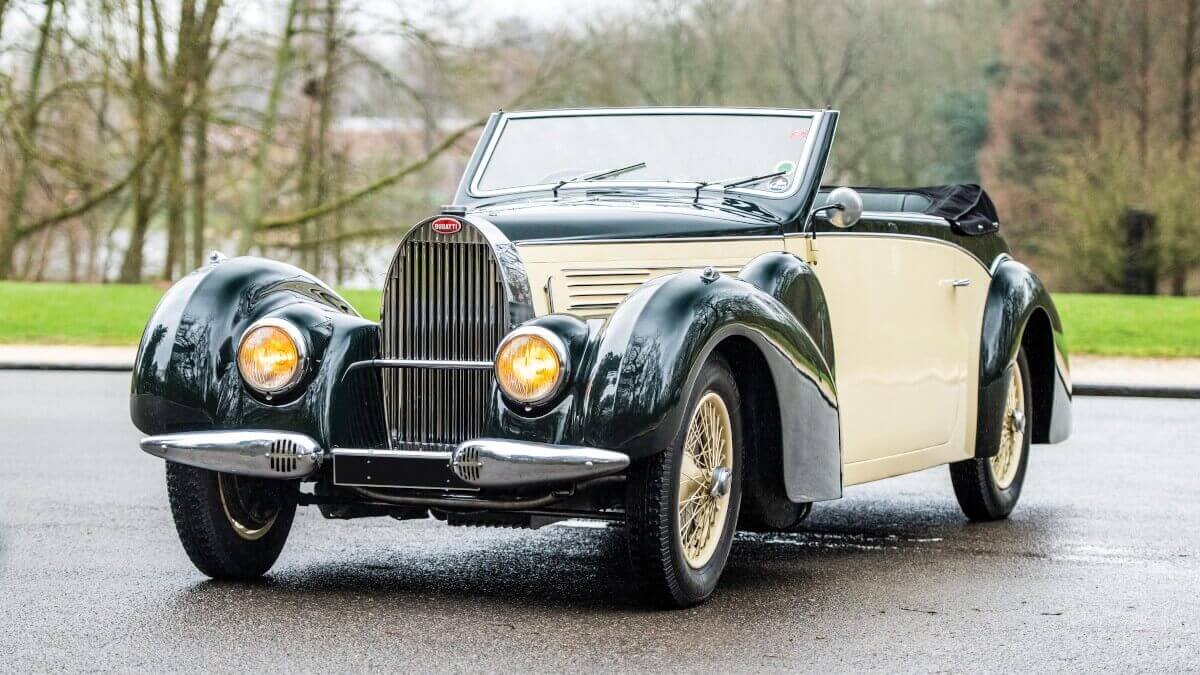



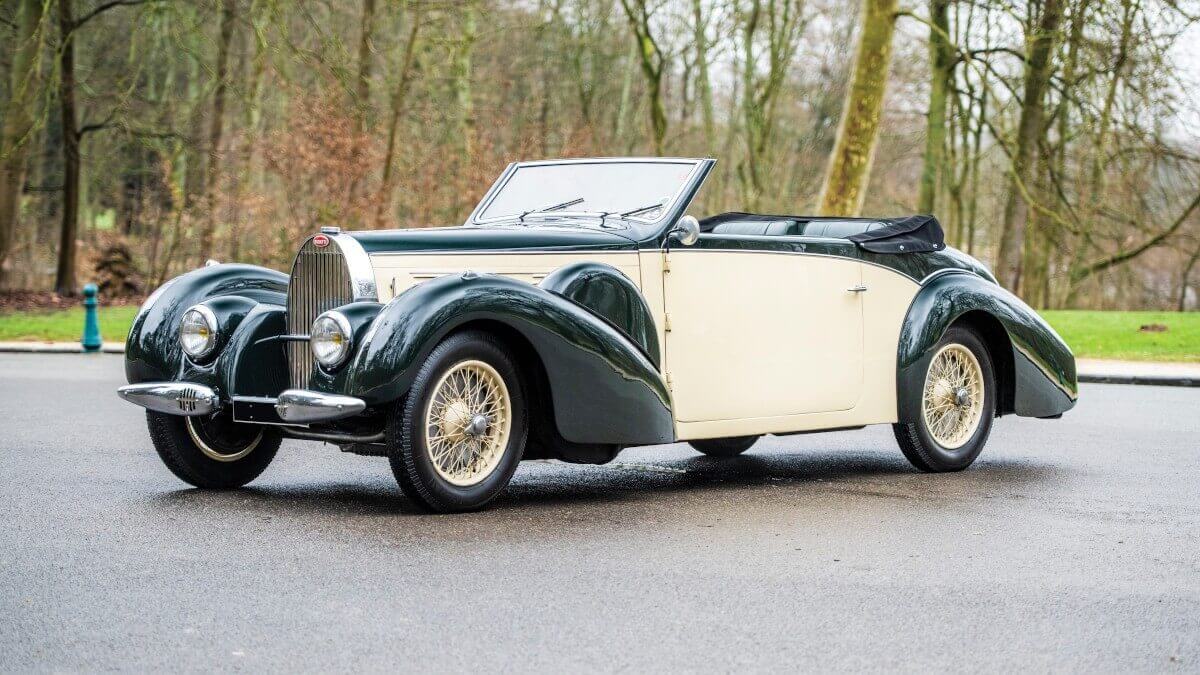









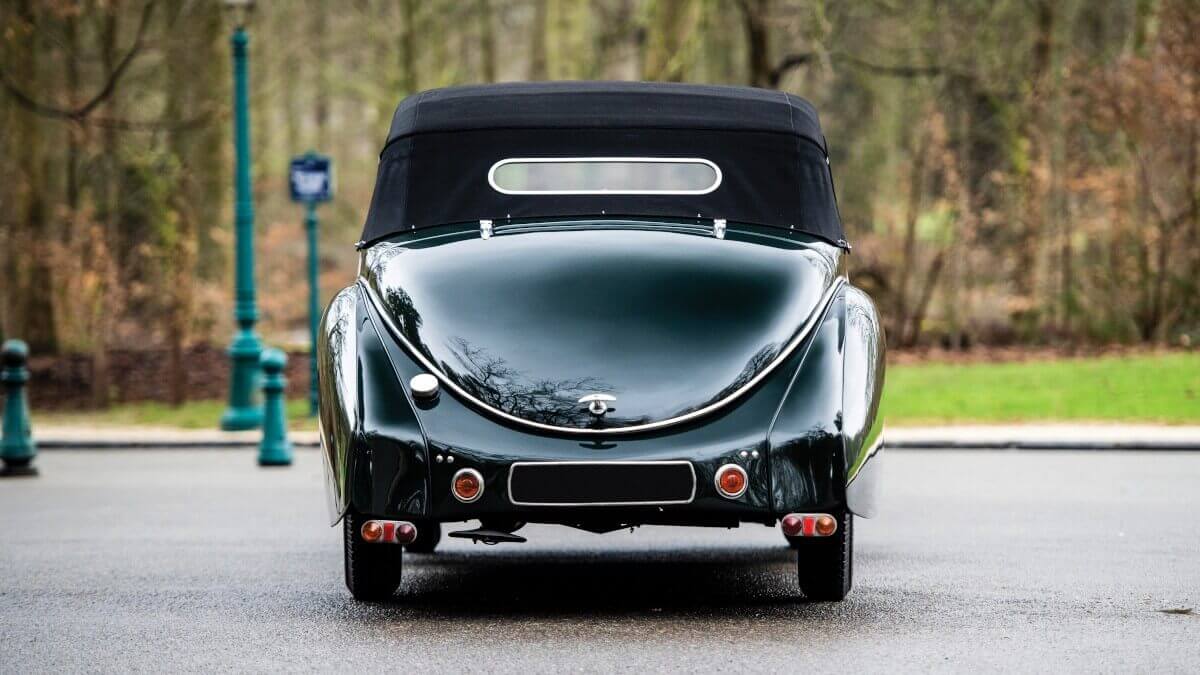

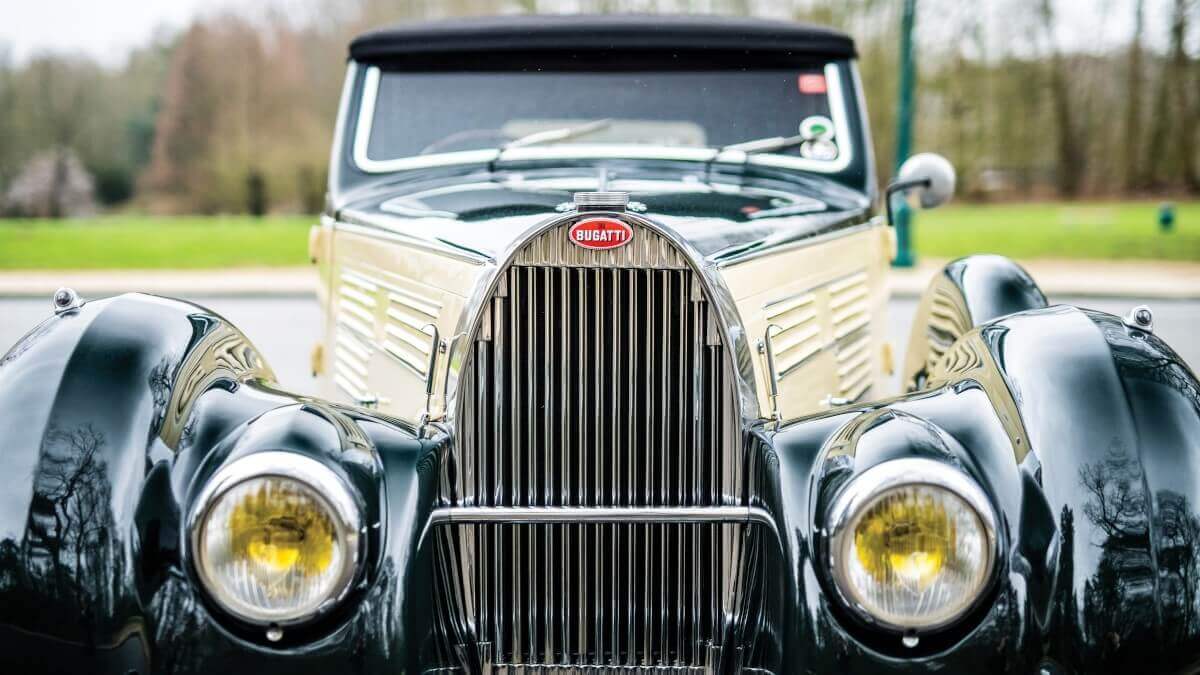

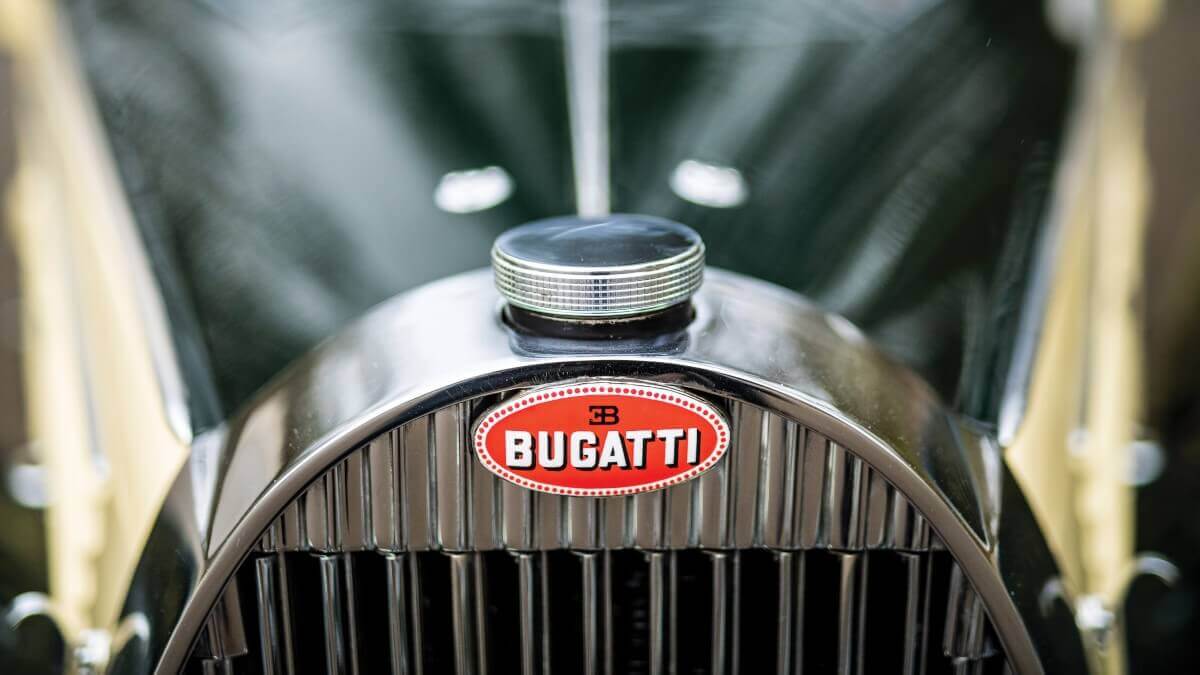







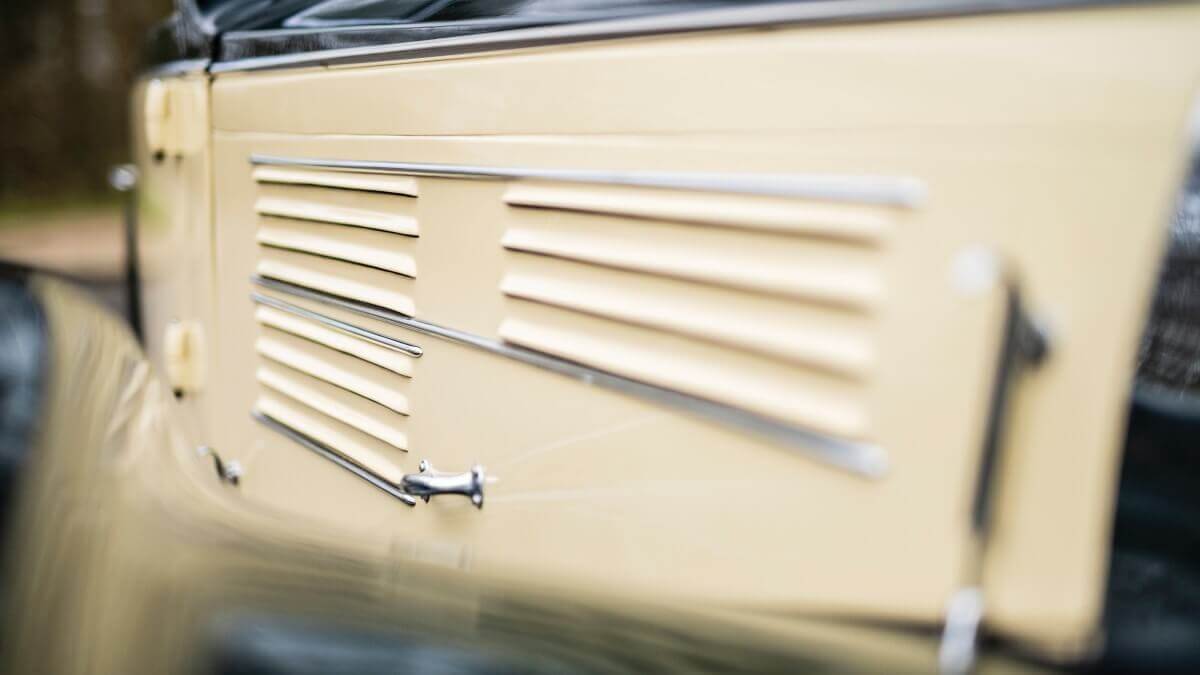

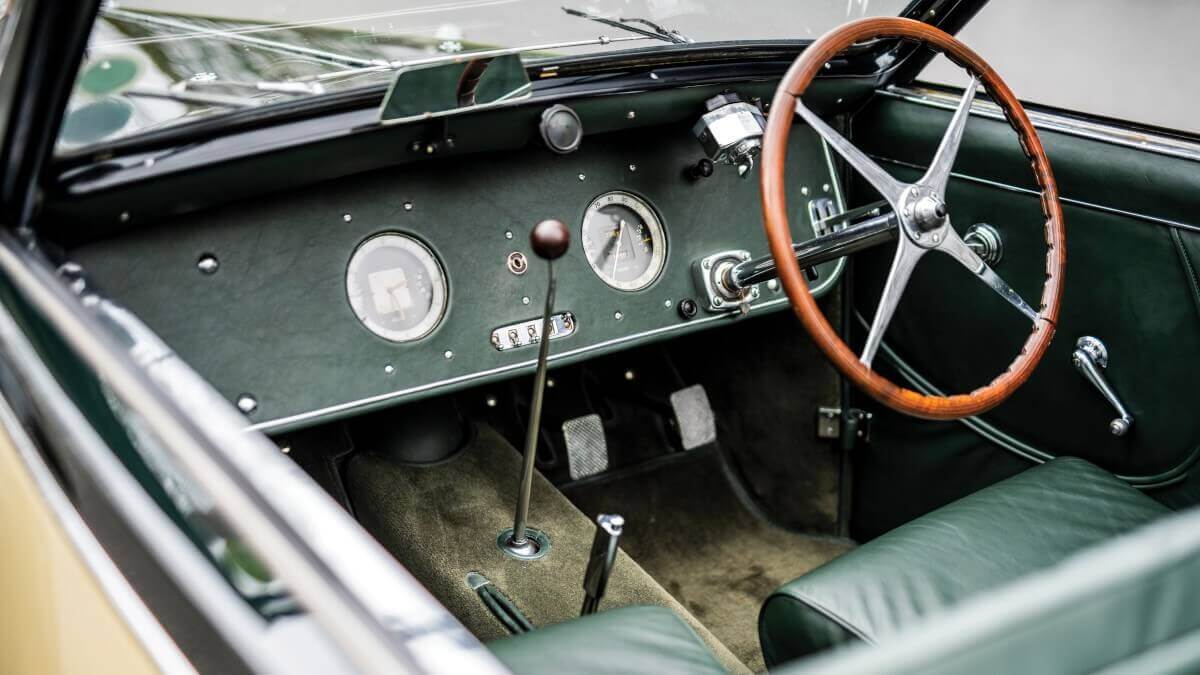





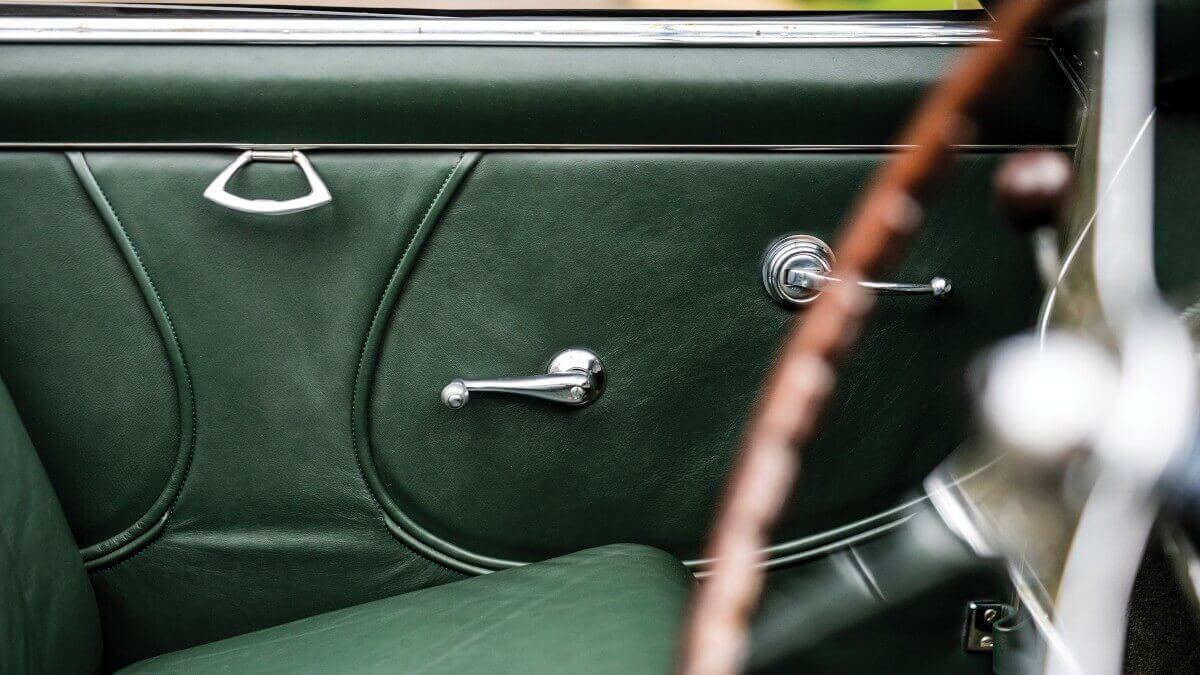



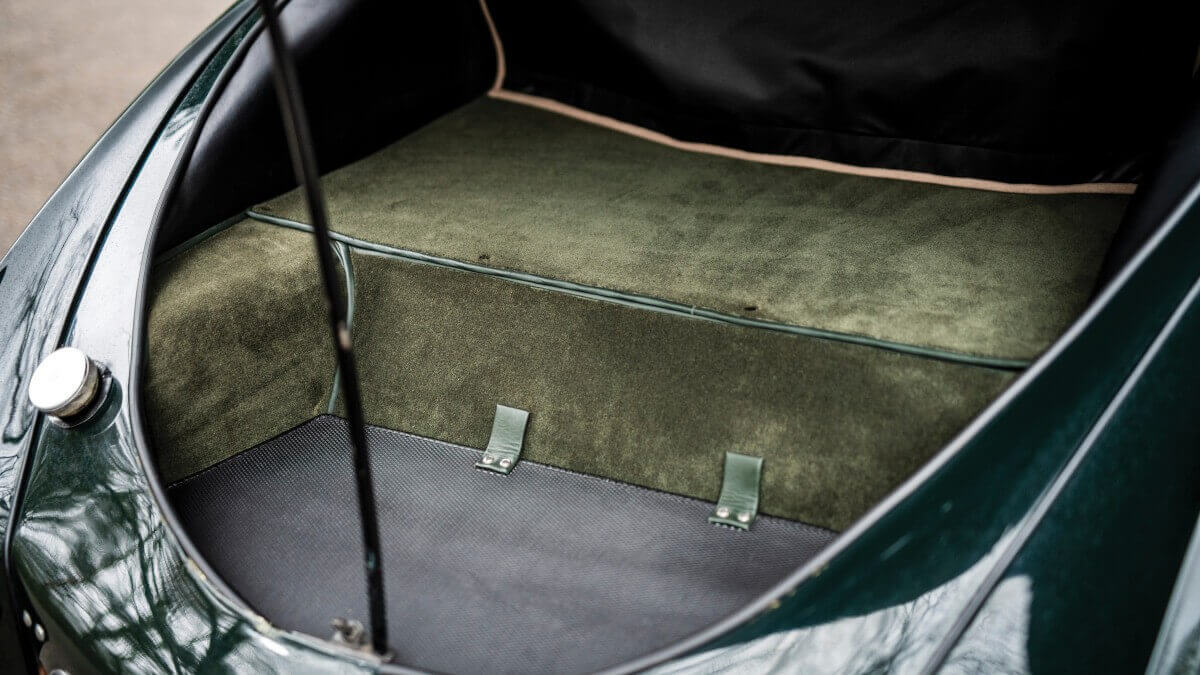



The exact whereabouts of the car during and shortly after World War 2 are unclear. However, brand expert Kees Jansen found out that a re-registration took place in Rouen in 1950. Just over ten years later, the car was sold via the car dealer Paul Sac to the founder of the Italian car magazine ‘Quattroruote’, Gianni Mazzocchi. In his extensive ‘Quattroruote Collection’, the Bugatti survived for the next 56 years and was repainted in black and ivory. The interior of the car was visually refreshed with dark green leather. To this day the original inline eight-cylinder engine is still under the bonnet. Since 2016, the Bugatti has once again been part of a French car collection, where the carburettors, fuel pump, tank and exhaust system were overhauled. RM Sotheby’s now expects a hammer price of between 750,000 and 850,000 € when the virtual auction ends on June 11.
Images: RM Sotheby’s, Remi Dargegen




